Right On Commander!
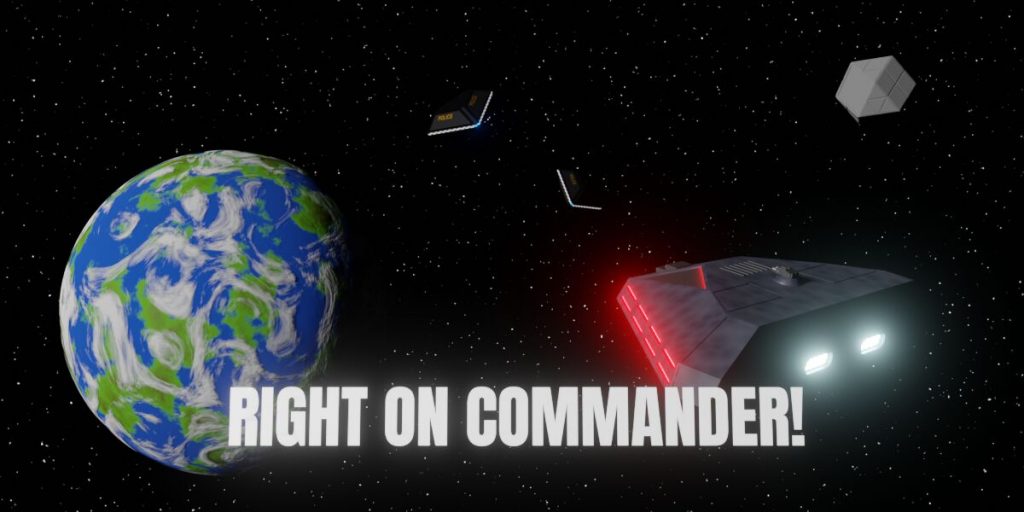
The original version of the Elite computer game (by David Braben and Ian Bell) was a complete game changer as far as my pre-teenage self was concerned. Not only did I spend ages playing it (originally on three versions – BBC tape, BBC disk and BBC Master versions), I also designed lots of extra ships (written up on A4 sheets of paper, which I unfortunately got rid of sometime in the 90s) and even ran my own roleplaying game based on the game for my friends.
Ironically, I didn’t know much about the Traveller RPG at the time. I’d seen it in the shops, but I’d stuck pretty much to AD&D in terms of my purchasing habits. When I actually played Traveller in the 90s, I quickly noted how similar it was to the computer game (I’m aware that the RPG came first). Since then, ships from Elite have made their way into many of my SciFi RPGs, from Star Wars to Traveller.
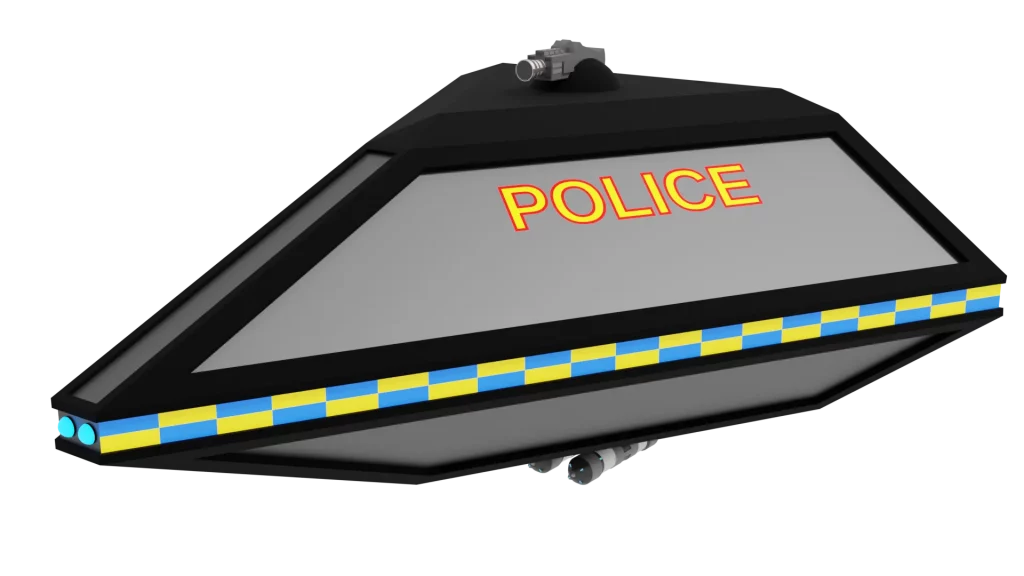
Earlier this year, I decided to try and do a full port of all the ships to Mongoose Traveller. The ports include statistics, ship renders and full deck plans. These ports though are more an interpretation of the original ships, they aren’t meant to be exact copies. I haven’t kept the original sizes, partly because the sizes don’t port directly to Traveller. Taking the sizes in the original handbook, fighters come out at tens, if not hundreds, of displacement tonnes. The Mongoose ship design rules also have some restrictions on the number of weapons a ship can have based on its size.
So I’ve tried to keep to the spirit of Traveller and use the original ships as inspiration. If they don’t have hyperspace, then they’re probably a smallcraft at under 100t. Ships that fill a Free Trader roll are kept in the 100t-300t range. Large freighters are large, spanning up to 2,400t for the Anaconda.
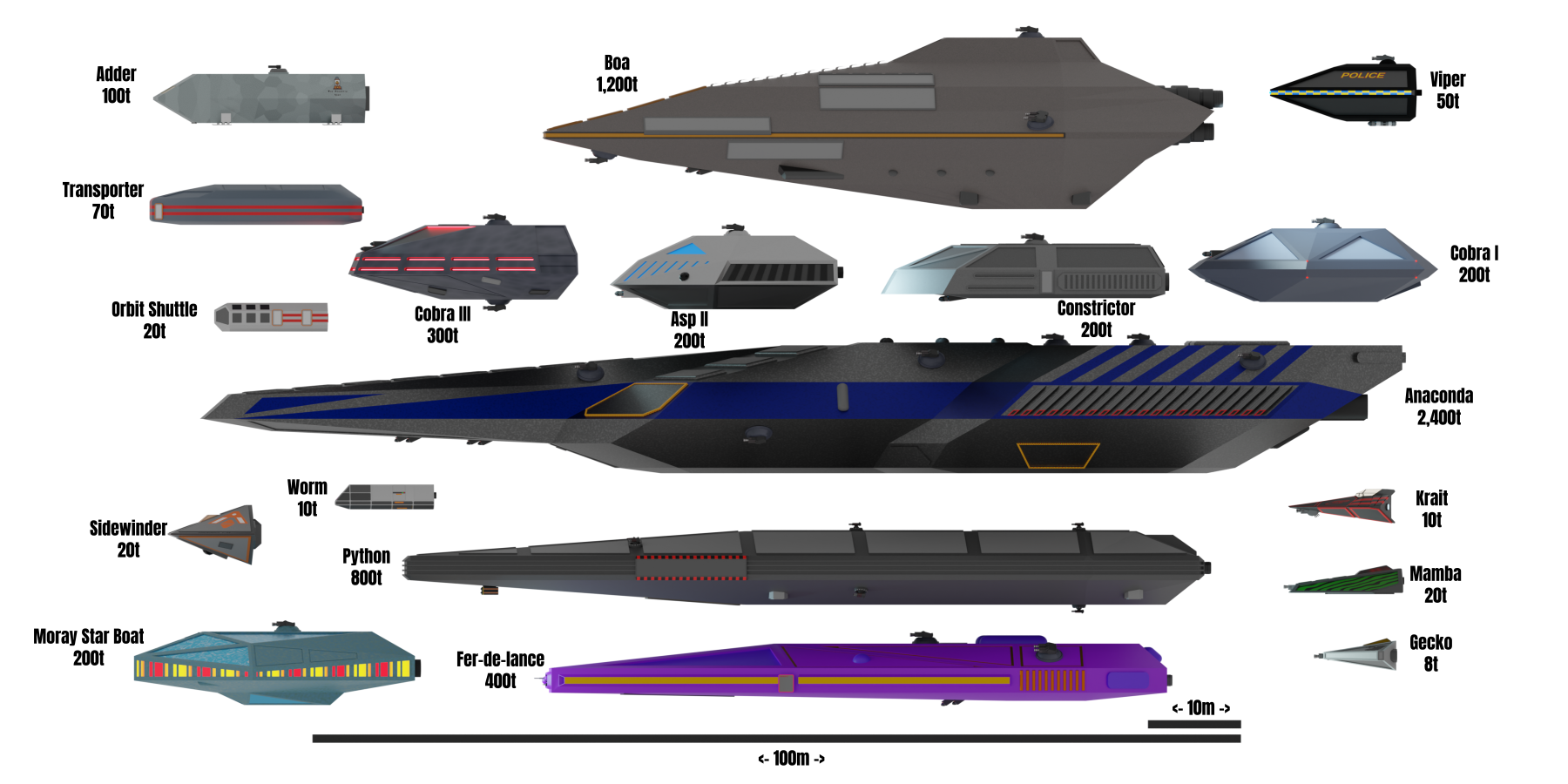
The original ships were also very pointy – the simple 3D graphics gave some very conical designs which don’t translate well to deck plans. If taken literally, deck heights could vary from under a metre to five or six metres. Where possible, I’ve tried to keep a steady 3m deck height which has meant tweaking the ship designs a bit to make them a bit flatter. I’ve generally tried to ensure that the deck plans fit the model sensibly, by importing the plans into Blender, then building the hull model around them.
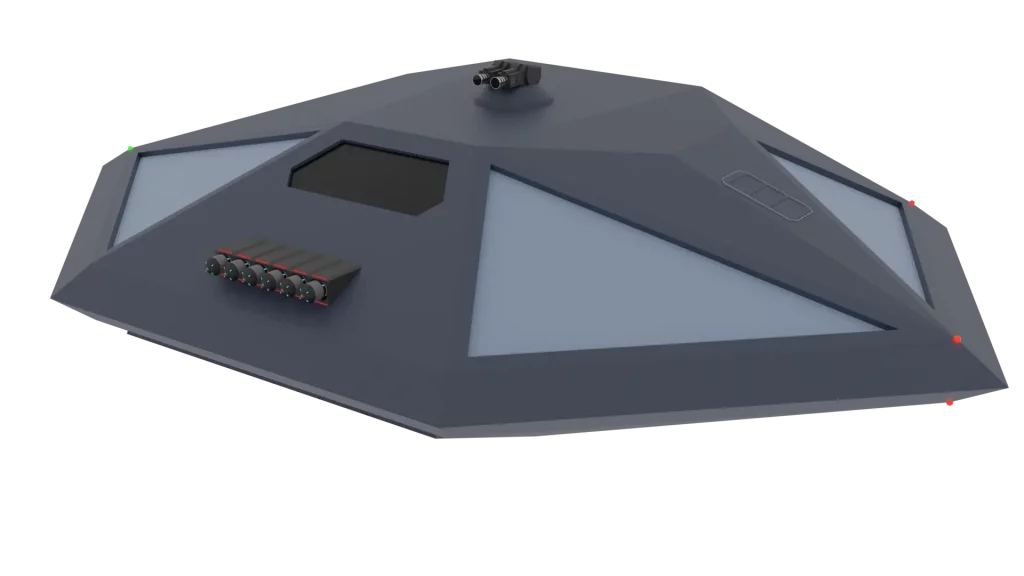
Some of the ships are also based more on my memory of the ships rather than the actual stats. The Boa and Anaconda were mythical ships in the BBC tape version (there wasn’t enough memory to include them), so I always viewed them as much larger than they were. That has translated into my Traveller designs, with the Boa at 1,200t and the Anaconda at 2,400t. Personally though, I prefer the bigger range of ship sizes.
Weapon loadouts are slightly different. The original player Cobra Mk III had four laser mountings (front, aft, port and starboard) along with missiles. This requires a 500t ship in Mongoose Traveller (one weapon hard point per 100t). This seemed on the large size, so I make the Cobra Mk III a 300t ship, with two turret mountings and a fix missile rack. Other ships have been sized around this.
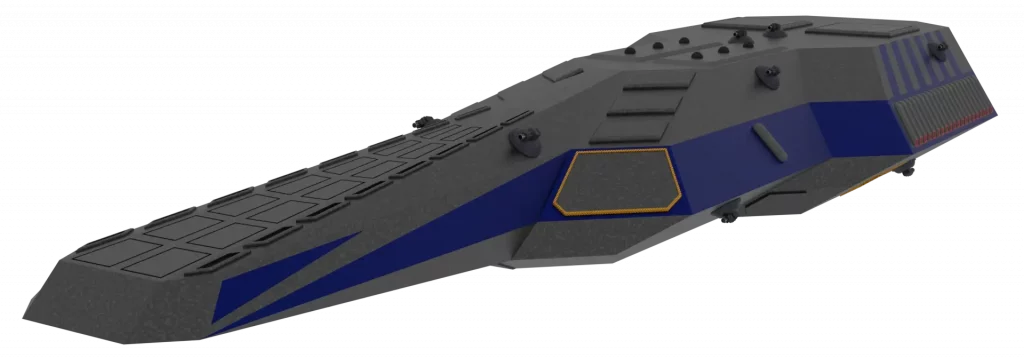
The computer game also assumed a single player, whilst the Traveller RPG assumes a group of players flying in a ship. So whilst many of the ships were single pilot in the computer game, my Traveller conversions include a lot more staterooms and space for larger crews. They can always be outfitted with a Virtual Crew program to allow them to be flown by a single pilot though.
I have now completed all the human ships in the original game. I haven’t touched the alien Thargoids, nor the space stations, but I have included the Constrictor from the first mission. I have a few other ships on my list, notable those from the Archimedes version of Elite (which I played in the 90s, but didn’t get much beyond about Competent I think), but for now I’m taking a break. It turned out that drawing lots of deck plans and ship models took a lot longer than I expected.
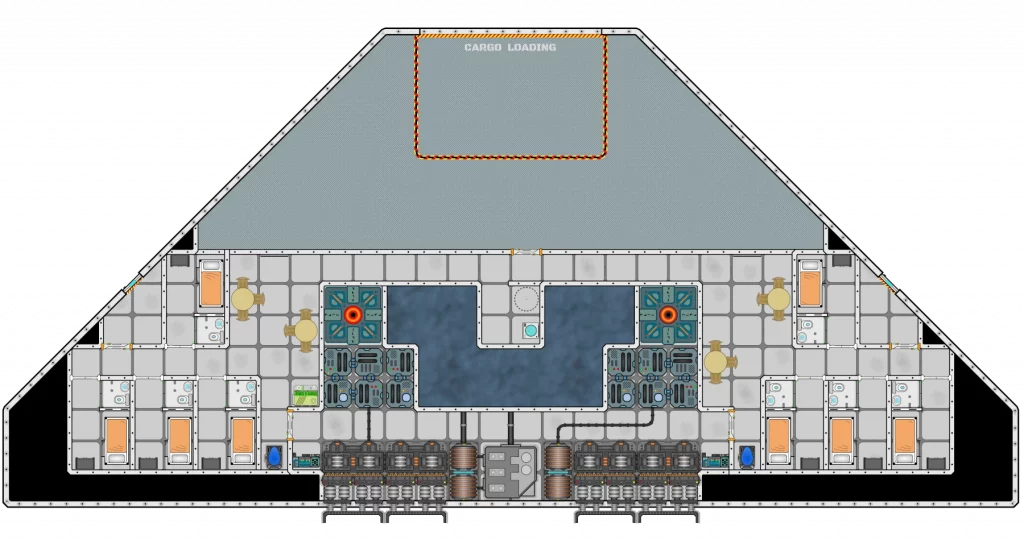
All my designs are downloadable from my website. Each comes with:
- A PDF with descriptions, statistics, top, side and front view and deck plans.
- Separately downloadable images (including top, side and front views) for each ship.
- Full deck plans (mostly at 256px per 1.5m, some big ships at 128px)
I’m sure there are mistakes in the ship designs, from the statistics to the deck plans, but as far as I know, all the deck plans match the statistics to the nearest displacement ton. This was another reason to not stick to the exact shapes of the original ships – trying to get a specific deck plan size with angular hulls, without having too many partial squares was tricky.
Note that the deck plans are designed for use in a VTT, they don’t use the minimalist blueprint style that Mongoose uses. It’s more cluttered if you just want an overview of the ship, but I think it looks better if players are moving their tokens around a ship in a VTT.

Some ships also come with multiple variants, since not every Cobra needs to be the same.
Additionally, some of these smallcraft (along with more typical Traveller designs) are available as tokens as part of my Dungeondraft Smallcraft pack. So if you want scale versions of these ships to put onto a starport map in your game, then you can use these.
Great work!
Every Christmas something reminds me of that wonderful 1984 Christmas when Elite arrived on cassette for my Beeb.
This year it’s your deck plans, thanks Samuel!